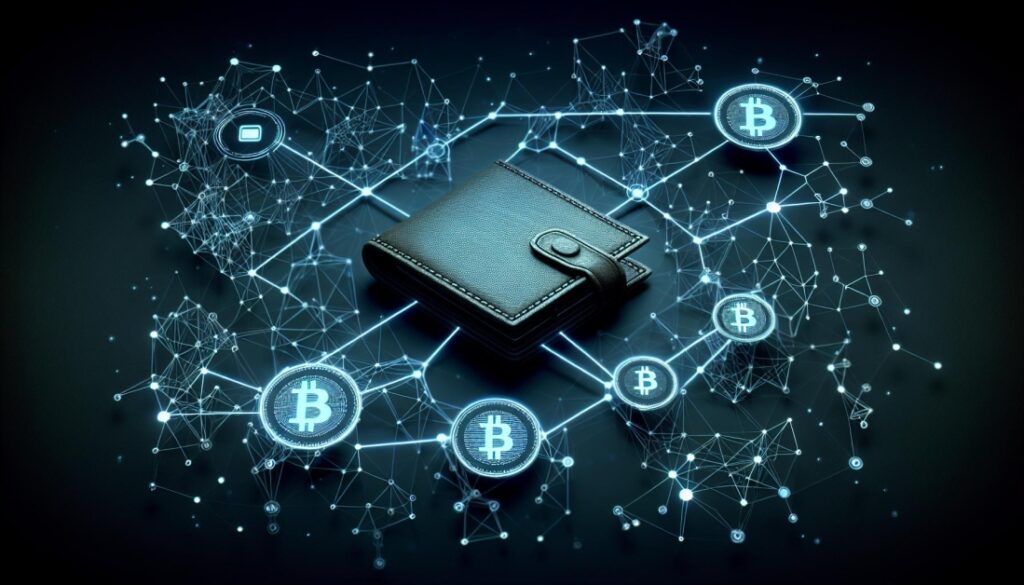The Decoupled Era – How It Began and What Continues for Banks

The year 2023 The McKinsey Global Payments Report described it as “decoupled”. The payments industry is entering its fourth decade, the “era” as it has been called.The era of paper, plastic and account transactions is the 1stto 3rd.A separation between payments This new payment level is a departure from the traditional account and puts the user first. Preferences for affordability, convenience and security.The report argues that technologies like Platform as a Service are decentralized solutions like tokenization and generative AI (like PaaS) and decentralized solutions like tokenization. The key players in shaping this newfound reality are: The Outcome In the battle between DeFi systems and legacy systems, a system that favors the former is better than the latter.Can we continue to use traditional communication methods? Financial institutions already?
The Decoupled Age: Basic Principles
Convenience is the foundation of the decoupled age. Affordability, security and user experience are at the forefront.
Convenience is King (and Queen)
With the advancement of digital technology, convenience is a key factor. Wallets are the most popular wallets.
Digital maps are now the norm. Apple Pay and Google Pay are two wallets that enable contactless payments. Transactions can be completed with a single tap or wave. Payments are seamlessly integrated into the system. The stuff of everyday life
You can also use one-click checkouts. Online shopping eliminates the need for tedious billing. Information inputs optimize the user experience.
Affordability takes center stage
Fintech disruptors are focusing on affordability. Challenges for traditional financial institutions
Fintech companies not only offer competitive fees, but also innovative payment solutions that promote healthy competition. Ultimately, this reduces costs for consumers.
Contactless technology is a good example of this. Payments are cheaper for merchants compared to traditional card payments. Alternative payment methods such as Buy Now, Pay Later (BNPL) are also available. Contributing to the accessibility of affordable financial transactions.
Security concerns drive innovation
Cybersecurity innovations are driven by security concerns. Decoupled Era
tokenization, a cutting-edge technology, replaces sensitive card information with unique identifiers, providing robust protection against fraud, even in the case of a compromised token.
Biometric authentication using fingerprints and facial recognition provides an additional layer of security over traditional PIN-based methods.
There is a greater industry focus on cybersecurity measures, reflecting the landscape’s changing commitment to privacy and fraud prevention
User experience at the forefront
Payments are seamlessly integrating into all aspects of our daily lives
Financial services are becoming seamlessly integrated into embedded finance. Payments become an integral but unobtrusive part of other applications. The user experience
Payments can also be easily personalized. Options and rewards programs tailored to individual spending patterns available. Discounts based on user preferences
Real-time insights further empower users. Instant transaction notifications are available, as is real-time access to expenses. Breakdowns can help you gain more control and transparency over your finances.
We can’t rule out legacy yet
Even if the decision on complete decoupling has not yet been decided, the industry is betting on digital wallets, payment methods that require no contact and collaboration. Fintechs can decouple themselves from traditional players. It seems to be a long-term project.
Legacy systems and regulations are still a factor in the current system. Despite the expected shift towards a “resilience” mindset, they still play an important role.
Banks need to go beyond the account in the paradigm of the decoupled era of ownership, which requires developing new business areas and improving technology to keep customers in the service ecosystem. Coming soon: Financial institutions are exploring five ways to decouple the future. Different ways
1. Open Banking and APIs – Use them!
Open banking is a system that banks are increasingly using. This allows third parties authorized access to customers’ financial data with their consent.
FinTechs can now collaborate with other companies. Players can offer innovative payment solutions and financial products directly on their wallet platforms.
Open banking worldwide
Source: Temenos white paper, “Open Banking and Banking as a Service”
2. Investing in digital wallets and contactless payments:

Contactless payment methods such as tap-and-pay Prioritizing the checkout process in stores streamlines it.
3. Create smooth account onboarding management:
Simplifying account opening and management is crucial in the decoupled era. Banks are therefore relying on faster online transactions. Onboarding experiences and easy-to-use mobile apps enable customers to manage their finances anywhere, anytime.
4. Providing personalized financial management tools:
Banks are increasingly focusing on user experience. We develop AI-powered financial management tools that provide personalized advice. These tools are designed to help you with budgeting, savings goals, and visibility into spending. These tools are designed to help you with budgeting, savings goals, and spending insights. Customers can make better financial decisions when they are empowered to do so.
5. FinTech actors and non-traditional partners:
Collaboration is essential in the decoupled world. Banks are partnering with FinTechs and other non-traditional players to expand their service offerings by leveraging their innovative solutions. Then you can expand your service offering. This allows them to meet a wider range of customer needs and remain competitive.
Conclusion: Digital Inertia is Silent Killer
The narrative of constant disruption, once popularized by many, is now a myth. The neonormal continues to evolve. The traditional storyline is that of the challengers. A crowded market is emerging as incumbents capture more and more market share. The convergence of digital and traditional games is a key feature. The interesting thing is that the new landscape has a different dynamic of winners and losers. Both traditional financial institutions and disruptive challengers.
Existing banks are facing unprecedented challenges. The pressure is due to a number of factors, including rising customer expectations. Expectations, the rise of newcomers to the industry and the arrival of powerful ones. Evolving technologies and regulations are forcing them to introduce meaningful innovations, which are a key component of their business models.
If you’re going through hell, “Keep going”
Banks need to catch up with their digitally savvy customers. The growing gap between savvy and less savvy competitors is made worse by the widening difference in profits and market value. There is a growing gap between digital leaders and other industries. This insight drives the industry’s collective effort to bridge the digital divide. Digital maturity is not the only factor that determines a bank’s economic performance. There is a clear signal and investors are increasingly taking action. observe.
Now is the time for meaningful digital transformation. The banking industry is changing in ways that have never been more obvious. industry and one thing is certain: digital inertia is killing banks.





